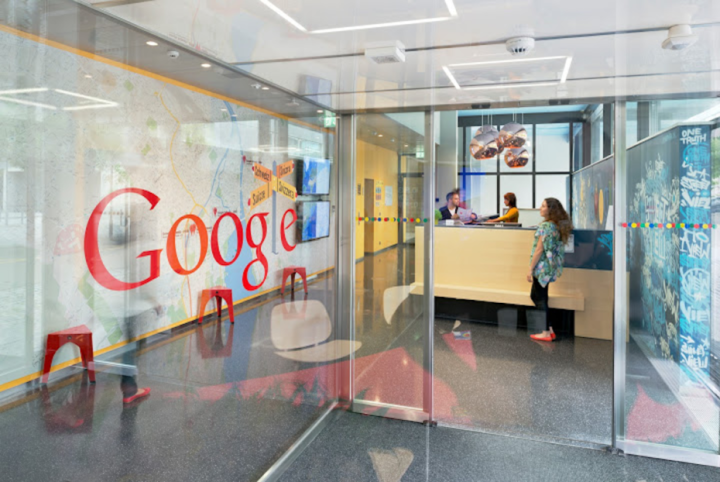
The Zurich office developed Knowledge Graph and the Google Assistant in Allo, and is the largest Google engineering center outside the U.S. The location is centrally located near top European universities to draw on and contribute to. Google Research, Europe, will work with other research teams in Zurich and other locations on machine learning.
Arthur Samuel defined machine learning in 1959 as a “field of study that gives computers the ability to learn without being explicitly programmed,” according to Wikipedia. Machine learning is already playing a major role in the development of self-driving cars, creating the systems that can operate efficiently, safely, and legally in an environment that is never the same twice.
Google Research, Europe, will have three key focus areas: Machine Intelligence, Natural Language Processing and Understanding, and Machine Perception.
Machine Intelligence involves looking for relationships, either direct or indirect, in huge amounts of data. Learning algorithms are used to find relationships and generalize on what the algorithms “understands” about the relationship(s). As more data is gathered, the relationships continue to be shaped and the generalizations get less general. As often as not the relationships and the data about them shift over time and as they are studied, which makes for a challenging process.
Natural Language Processing and Understanding involves words in context. The words are viewed as parts of speech and for their semantic values (what they actually mean). NLP looks at relationships between words and how they are used separately and together . The implications of understanding words and their use via natural language processing has implications for searches, for user interfaces, and for cross-language and cross-culture communications. The greater the understanding of words by the algorithms, the more efficiently gathered data can be processed by machine intelligence algorithms.
Machine Perception refers to the ability of machines to successfully recognize images, handwriting, gestures, sounds, and any other input or stimuli that can be sensed and delivered to an algorithm in the form of data. As with language processing, which could be termed “word perception,” the goal of machine perception is to convert sensed or perceived data to a stable state of understanding so it can then be processed by machine intelligence.



